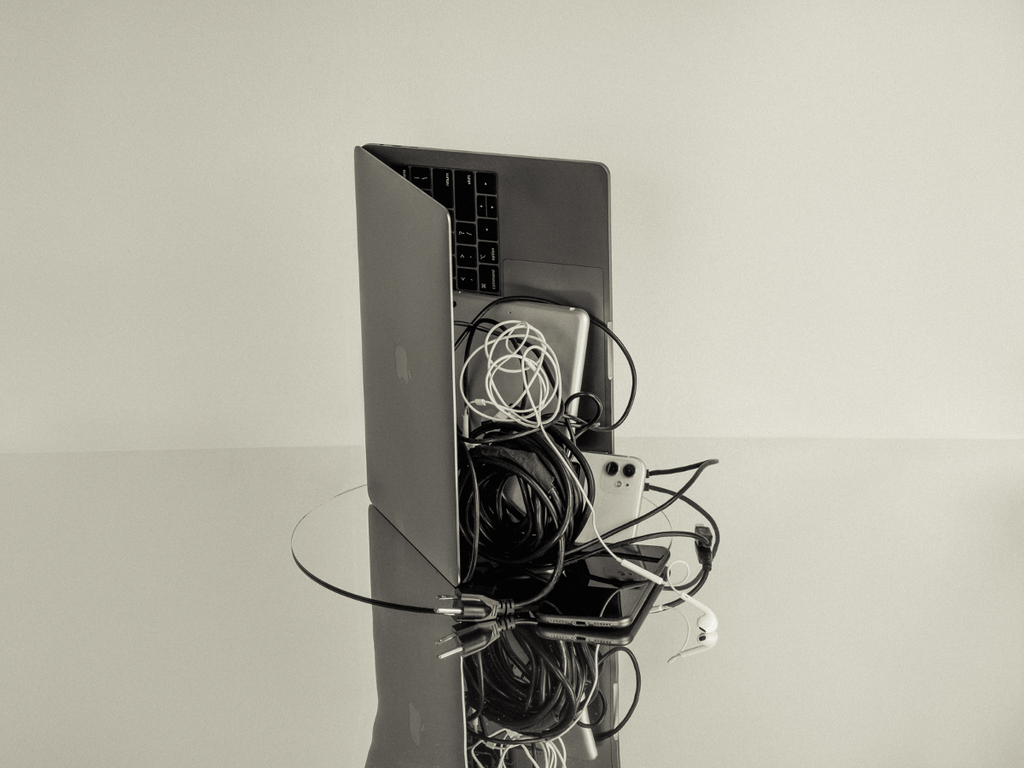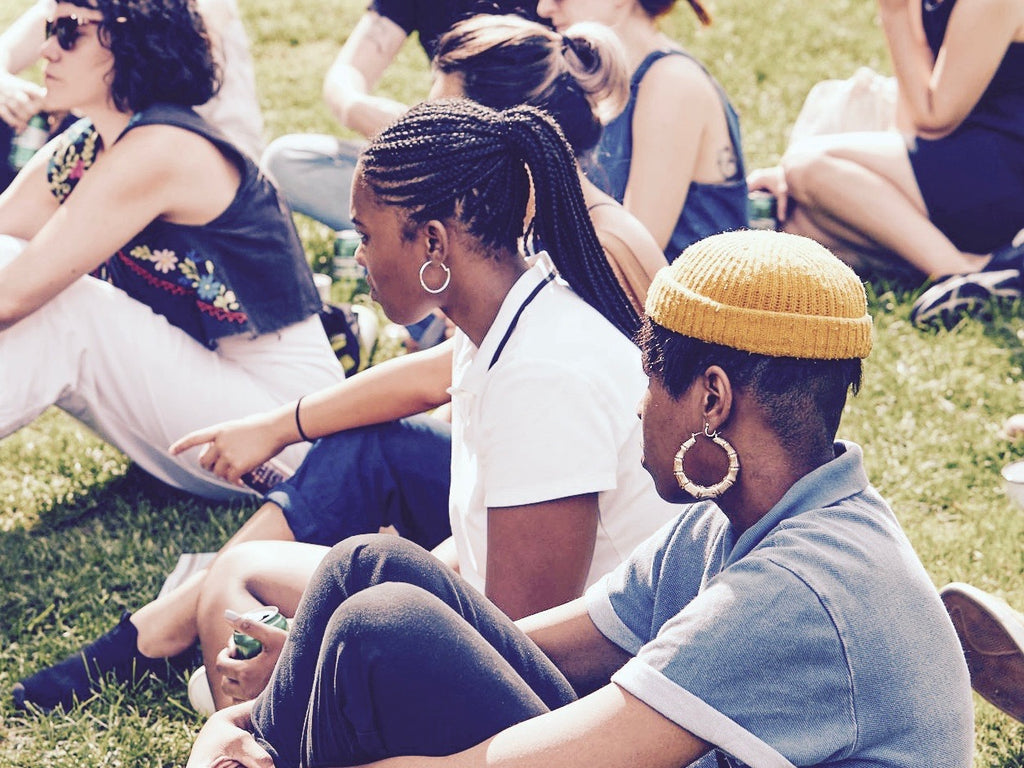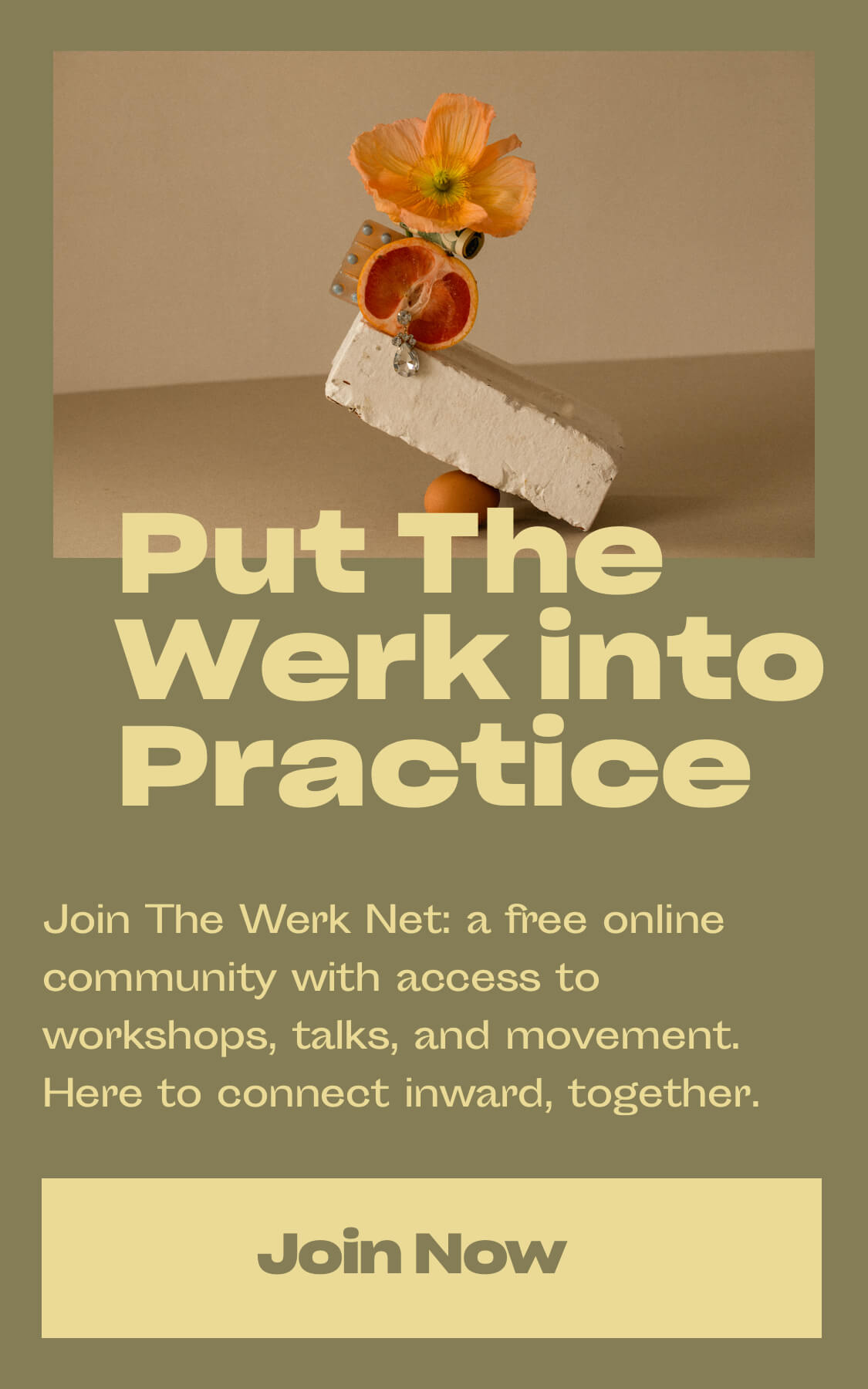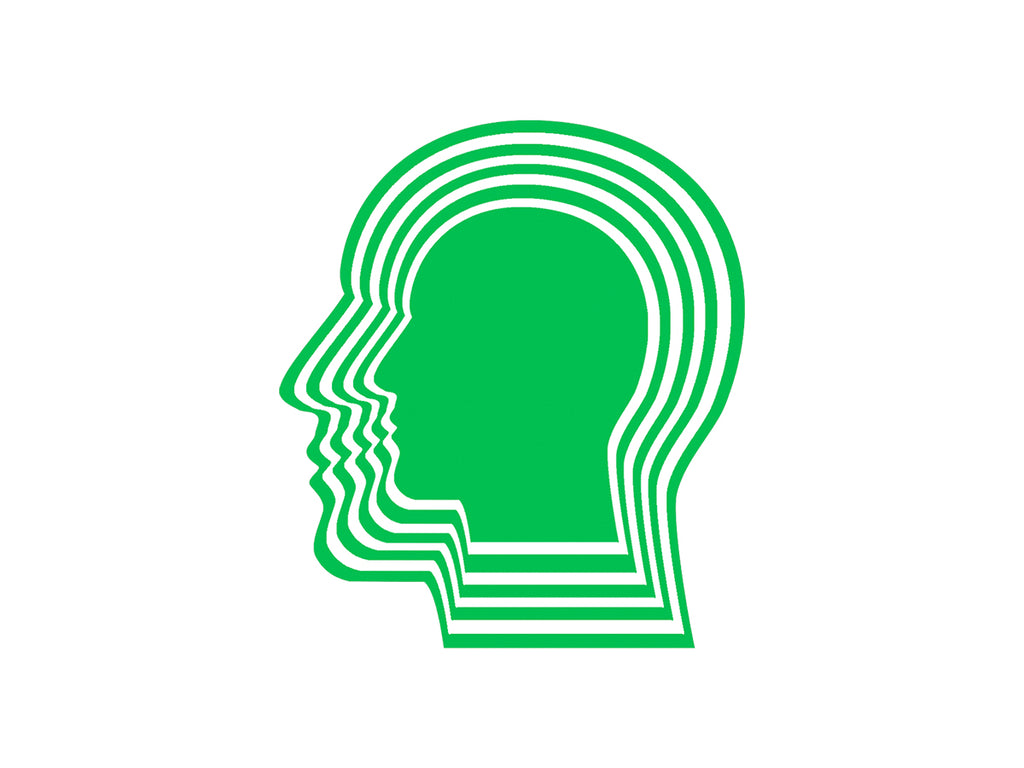Accessing Empathy
Human beings are wired for connection, but we have to do the work to get there.
We’ve heard it before: being empathetic is key to building strong connections and trust with others, and is important in order to understand and regulate our own emotional landscape too. Simply put, empathy is the ability to understand the thoughts or feelings of someone else. It’s the ability to put yourself in someone else’s shoes. To connect with, feel into, and share in another person’s experience. In reality, empathy is far from simple.
Why does empathy matter?
In basic terms:
- Human beings are wired for connection.
- Connection is fuelled by shared experience and understanding.
- Shared experience and understanding are built through empathy.
- Therefore, empathy is critical to human connection.
In this article, we’re going to learn about the different types of empathy, and how we can access empathy in our daily lives to strengthen our connection with others.
Psychologists Daniel Goleman and Paul Ekman have broken down empathy into three different categories:
Cognitive empathy
Cognitive empathy is the ability to understand what a person might be thinking or feeling. This type of empathy requires the intellectual mind. It can help us determine how to best communicate in any given situation.
Accessing cognitive empathy: Imagine the experience that the other person is going through. Can you comprehend the impact that this has on their life?
Emotional empathy
Emotional empathy is the ability to share in the feelings that someone else is experiencing. This type of empathy requires you to access your own past experiences and emotions. Daniel Goleman, the author of Emotional Intelligence, explains emotional empathy as “feeling physically along with another person, as though their emotions were contagious.”
Accessing emotional empathy: Connect with something in yourself in order to access the emotions that the other person is feeling. Have you experienced something similar in your life? If not, can you imagine what it would be like for you to experience what they’re going through?
Compassionate empathy
Compassionate empathy goes beyond understanding someone’s situation and sharing their feelings. It moves us to take action. Compassionate empathy draws on your intuitive ability to determine what action is needed in each specific situation.
Accessing compassionate empathy: What action (if any) can be taken right now to help this person?
A blueprint to accessing empathy in your life:
1. Cultivate empathy
Although some people may be more naturally able to access empathy, it’s not something that you either have or don’t have. Empathy is a practice, a skill that you can build and grow. Empathy is a choice.
Nursing scholar Theresa Wiseman explains the four qualities of practicing empathy:
- To see the world as others see it, taking the perspective of another person and recognizing it as the truth (in empathy, their truth is the truth)
- To be non-judgemental
- To understand another person's feelings
- To communicate your understanding of that person’s feelings back to them
2. Listen
Practicing active listening is a powerful way to understand someone else’s experience. The ability to be fully present and to hear and feel into what someone is saying to you with their words (and not saying to you otherwise, such as with their body language or energy) is critical.
3. Get curious
You can build an understanding of someone else’s experience through genuine curiosity. Be open to learning something new about this person, their perspective, and their reality.
4. Leave your judgement at the door!
It’s hard to be empathetic if judgement is present. You don’t need to rationalize or agree with someone’s experience to empathize with them. You just need to be willing to connect to their truth, and relate to it.
5. Lead with vulnerability
Empathy is hard, because it’s an act of vulnerability. Our bodies and minds are programmed to always keep us safe, to keep us from pain. Empathy requires us to connect with a difficult feeling, emotion, or experience that we’re conditioned to avoid. As explained by shame and vulnerability researcher Brené Brown, “Empathy is a choice – in order to connect with you, I have to connect with something in myself that knows that feeling.”
6. You don’t need to have the answers
Empathy is meeting someone exactly where they are. Empathy is not asking the person to find the silver lining, or telling someone who is sad to “just be happy.” After someone has been vulnerable with us, we might instinctively jump to fill the silence and discomfort with an immediate solution or suggestion. Instead, pause. Take a breath. Although our human instinct is to automatically try to “fix” the pain that others are experiencing, often the person is not looking for us to have all of the answers. They might simply be looking for acknowledgement and support. Sometimes the messages “thank you for sharing that with me,” “I can understand how that might feel,” and “you’re not alone” are enough.
Some of the greatest gifts you can give someone come through practicing empathy. To hold space and allow someone to feel deeply seen, heard, and understood, is healing. Empathy is a beautiful skill that enables you to connect deeply with others, and ultimately, make the world a better place. And remember, empathy is a choice. Choose empathy.
This post is tagged as:
You may also like...
The Latest
People & Places
How Ara Katz is Redefining “Self-Care” as Rooted in Science with Seed
The co-founder, mother, and self-proclaimed serial entrepreneur unpacks her philosophy on what it means to be well. Ara Katz hates the word “success”. Not because of its listed definition in a di...

Do Good Werk
9 Passive-Aggressive Email Phrases That Are Basically Evil
A Rosetta Stone for every time you want to :’).

Woo Woo
Get to Know Your Astrological Birth Chart
How to find meaning in the stars — and what it means for you.

People & Places
The 5 Best Places In New York To Meet Your Next Investor
Where to rub shoulders with the city's movers and shakers.

Do Good Werk
10 Unhealthy Thoughts You Convince Yourself Are True as a Freelancer
If you work alone, you might be particularly susceptible to distorted thoughts that hurt your mental health.

People & Places
Creating a Conference-Meets-Summer-Camp for Adult Creatives
An interview with Likeminds founders Rachael Yaeger and Zach Pollakoff This past September, I sat in front of an obituary I wrote for myself after a session with a death doula. No, I didn’t know w...

People & Places
When Something Golde Stays: An Interview with Golde’s Co-CEOs
“For us it was never a question,” says Issey Kobori, speaking of the decision to build a business with his partner Trinity Mouzon Wofford. At just shy of 27, Kobori and Wofford have secured a host ...

Better Yourself
Are They Toxic? Or Are They Human?
There’s a difference between putting up boundaries and putting up walls, and the latter is what breaks relationships.

Do Good Werk
How To Combat Seasonal Affective Disorder At Work
Here’s what to do if seasonal affective disorder starts to take a toll at the office.

People & Places
Reclaiming Womxn's Wellness Spaces from a White-Dominated World
How The Villij built a collective that their community can connect to.









